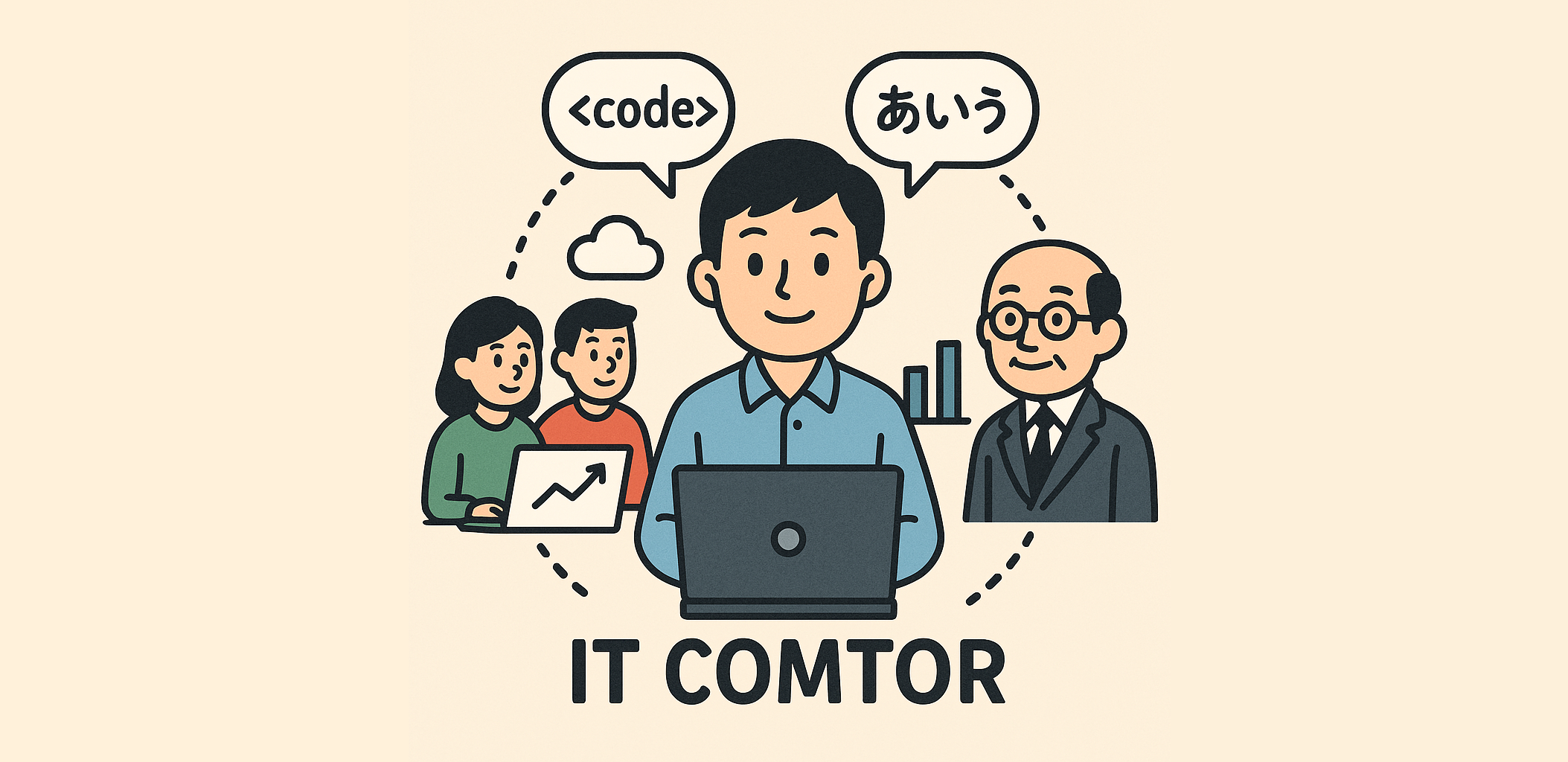 Being a comtor is not just about translating—it’s about resolving tricky situations between Japanese clients and Vietnamese developers. Here are some real-life scenarios and smart ways to handle them!
Being a comtor is not just about translating—it’s about resolving tricky situations between Japanese clients and Vietnamese developers. Here are some real-life scenarios and smart ways to handle them!
1️. The Japanese client speaks vaguely, and the developer doesn’t know what to do
Client: 「もうちょっといい感じにしてください」 (Please make it look a bit better.)
Dev: "Huh? What does ‘better’ mean? What exactly do they want to change?"
How to handle:
Ask the client for clarification before translating!
→「例えば、色、フォント、レイアウトを変更する必要がありますか?」
Then, clearly convey the client’s instructions to the developer.
2️. The Japanese client is too polite, and the developer doesn’t get the urgency
Client: 「この機能、ちょっと考え直した方がいいかもしれませんね。」
(This feature might need a little reconsideration…)
Dev: "Ah, so I guess it's not a big deal."
But in reality, the client wants it fixed ASAP!
How to handle:
Confirm with the client if they expect an immediate fix. If they do, communicate the real intent clearly to avoid misunderstandings:
→"The client feels this feature is not working well and needs an immediate fix."
3️. The Japanese client complains, and the comtor needs to keep it neutral
Client: 「このバグ、多すぎて話になりません!」 (There are too many bugs, it’s beyond discussion!)
Dev: "Whoa, are they actually yelling at us?"
How to handle:
Translate in a neutral tone to avoid escalating tension:
→"The client has noticed a significant number of bugs and wants the team to check more carefully."
4️. The Japanese client makes an impossible request, and the developer gets frustrated
Client: 「この機能、今日中にできますか?」 (Can this feature be completed today?)
Dev: "There’s no way we can finish this in one day!"
How to handle:
Give a diplomatic response to maintain a good relationship while setting realistic expectations:
→"This feature is quite complex and would take about three days to ensure quality. If it's urgent, the team can prioritize a part of it first."
5️. Handling emotionally sensitive client interactions
At times, being a comtor involves handling situations where client frustrations are directed at you, even unintentionally.
- When the client appears upset and directs frustration toward the comtor
Client:「なんでこんな簡単なことが伝わらないんですか?」
(“Why is it so hard to get such a simple thing across?”)
How to handle:
Stay calm and don’t react emotionally. Confirm the issue to shift the conversation toward problem-solving:
→「申し訳ございません。確認させていただきますが、おっしゃっているのは〇〇の件ですね?」
("I apologize. Just to confirm, are you referring to issue XX?")
- When the client blames the comtor for a misunderstanding
Client:「通訳がちゃんとしていないから伝わらなかったんじゃないですか?」
("Didn't it fail to be communicated properly because the comtor didn’t do their job correctly?")
How to handle:
Remain neutral and avoid arguing. Suggest verifying with the team to resolve the issue:
→ 「伝え方に問題があったかもしれませんので、再度チームと確認いたします。」
("There may have been a misunderstanding in communication, so I will check again with the team.")
- When the client speaks too fast or uses difficult Japanese
Client:「だから、こういう仕様にするって言ったのに!なんでまだできてないの?」
("I already told you this is how the specification should be! Why isn't it done yet?")
How to handle:
Politely ask them to slow down and confirm key points:
→ 「申し訳ありません、少し速かったので、もう一度お願いできますか?」
("I’m sorry, could you repeat that a little more slowly?")
→ 「つまり、〇〇の点が問題ということでしょうか?」
("So, you mean that the issue is with XX, correct?")
Conclusion:
Being a comtor is not just about translating words — it’s about bridging cultures, understanding both perspectives, and ensuring smooth communication to prevent unnecessary misunderstandings.
Image Source: ChatGPT
